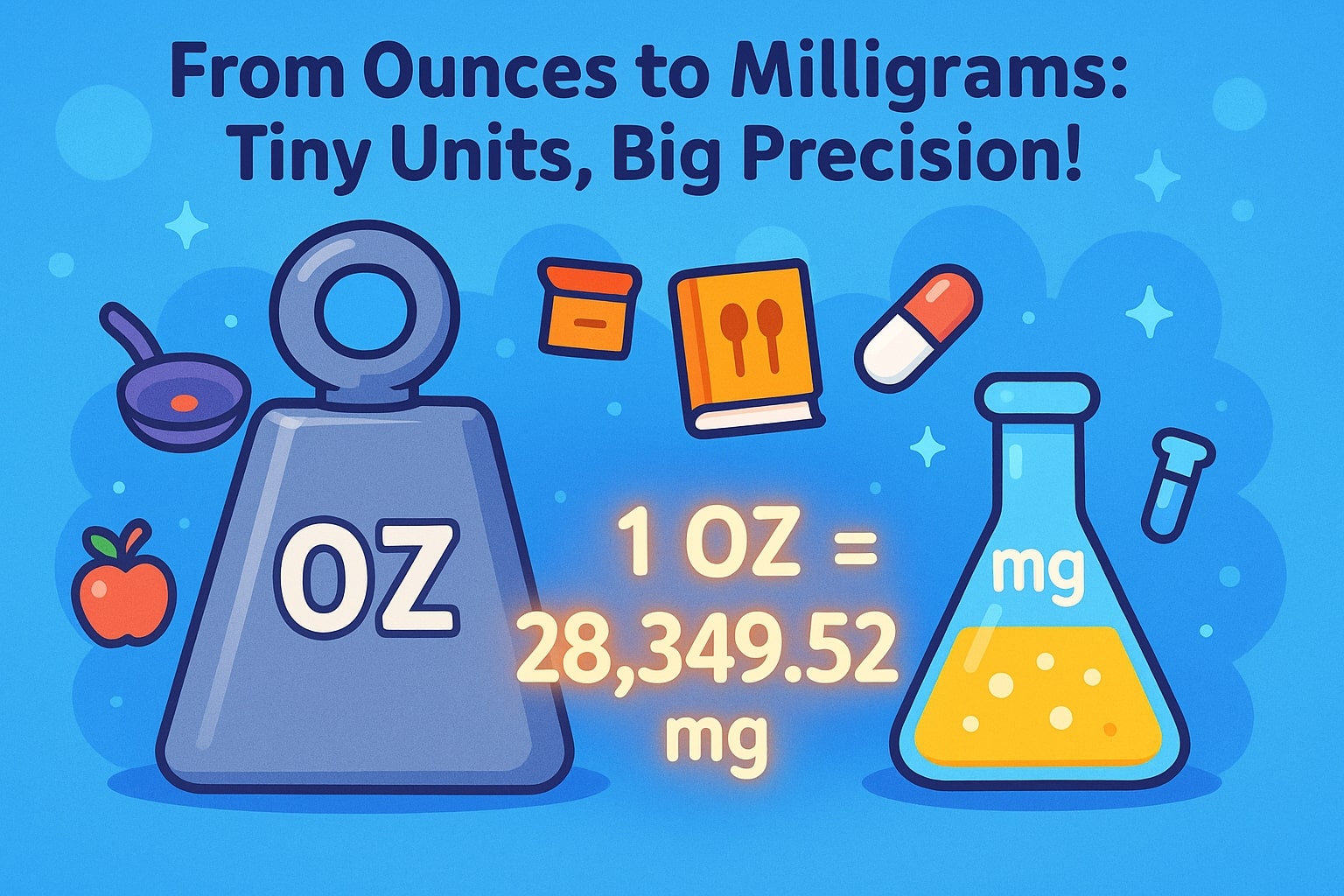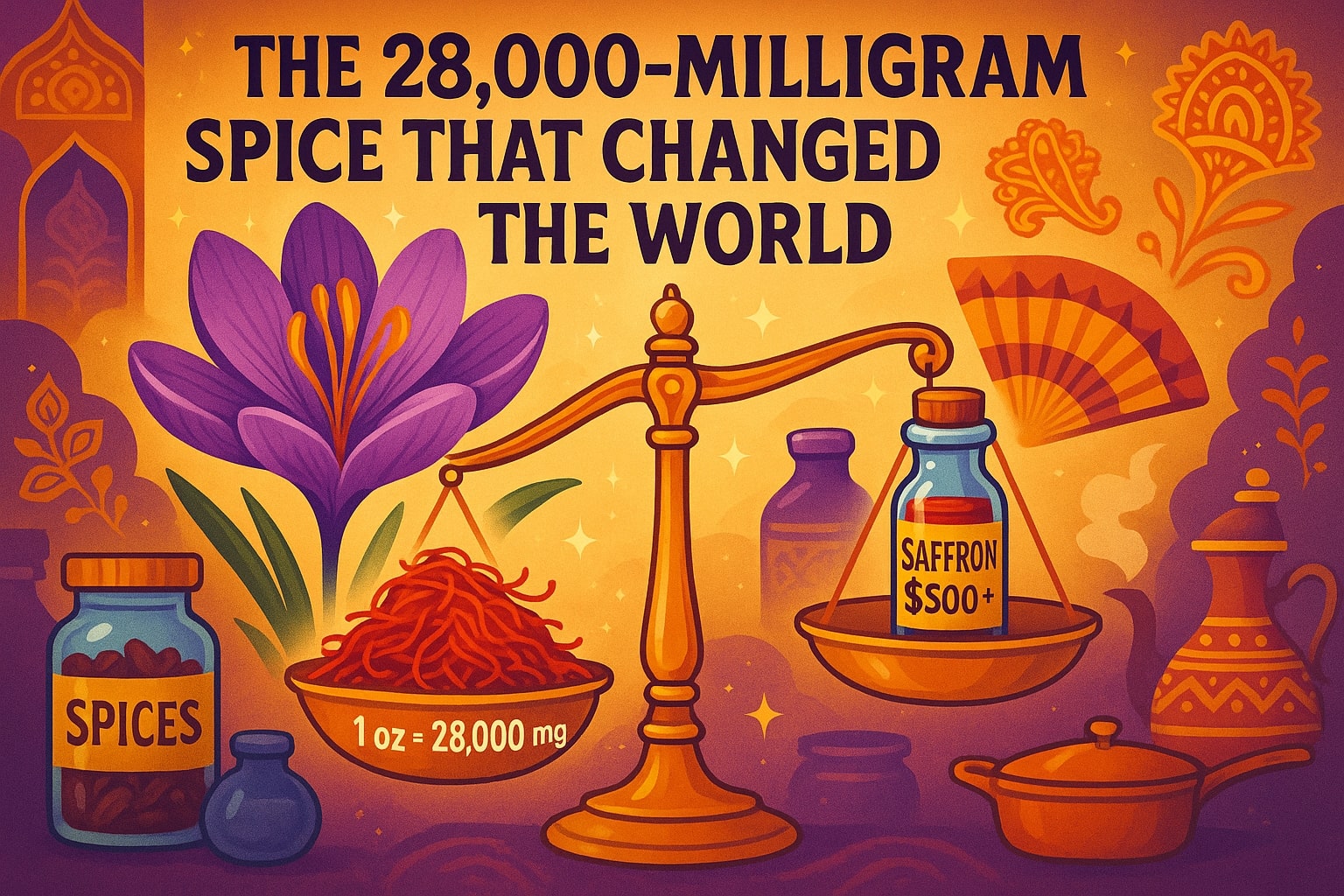Now that you understand how to convert ounces to milligrams, you can tackle weight calculations in cooking, medicine, and science with confidence. For more versatile unit switching—across weights, lengths, volumes, and beyond—explore our comprehensive Conversion tool and make every calculation effortless!
How to Convert Ounces to Milligrams?
The oz to mg conversion is widely used in pharmaceuticals, food science, and chemistry, where small weight measurements matter. Since ounces (oz) and milligrams (mg) belong to different measurement systems, knowing how to convert between them is crucial for accuracy. For instant, precise results—whether you’re formulating medications or cooking with specialty spices—give our streamlined Weight Converter a try!

Ounces vs. Milligrams
-
1 Ounce (oz) = 28,349.52 Milligrams (mg)
-
Ounces (oz) are part of the imperial system, often used in cooking and trade.
-
Milligrams (mg) are part of the metric system, commonly used for medicine, chemistry, and precise measurements.
To convert ounces to milligrams, use this formula:
Milligrams (mg) = Ounces (oz) × 28,349.52
Example: Convert 2 oz to milligrams:
2 × 28,349.52 = 56,699.04 mg
Do You Know?
-
A teaspoon of salt weighs about 6,000 mg, meaning one ounce of salt is nearly five teaspoons.
-
The average coffee bean weighs about 132 mg, so an ounce contains around 215 beans.
-
A U.S. dollar bill weighs about 1 gram (1,000 mg), making one ounce equal to nearly 28 dollar bills.
-
Some high-strength painkillers contain just 5 mg of the active ingredient per pill, showing how small milligram measurements are crucial in medicine.
-
A hummingbird’s brain weighs roughly 90 mg, which is incredibly light compared to an ounce.
The 28,000-Milligram Spice That Changed the World
One of the most expensive spices in the world, saffron, is often sold in milligrams due to its high value. Just 1 ounce (28,000 mg) of saffron can cost over $500, depending on quality.
Saffron’s history dates back over 3,500 years, with ancient civilizations using it for medicine, dye, and cooking. Today, saffron remains one of the most sought-after spices, with countries like Iran, India, and Spain being its largest producers.
Because saffron is measured in milligrams, precision is essential when buying and using it, making the oz to mg conversion crucial for traders and chefs worldwide.


